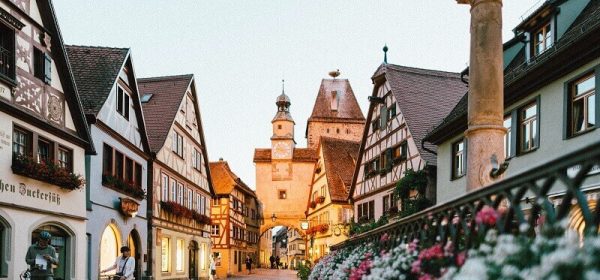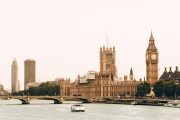Europe, a continent steeped in history and diverse cultures, has been at the forefront of global events for millennia. Spanning from the icy fjords of Norway to the sun-kissed shores of Greece, it encompasses a wide range of languages, traditions, and landscapes. Europe is home to some of the world’s most renowned monuments, artworks, and landmarks. Its cities, from Rome’s ancient ruins to Paris’s romantic allure, attract millions of visitors every year. Yet, Europe is not just about its past; it’s a dynamic and evolving entity, continuously shaping and being shaped by global events. This article delves into the multi-faceted essence of Europe, exploring its various dimensions. Come, journey with us through this captivating continent.
A Historical Mosaic
Europe’s history is a rich tapestry of empires, revolutions, and innovations. Ancient civilizations like the Greeks and Romans laid foundational concepts in philosophy, governance, and art. The Renaissance, birthed in Italy, redefined artistic and intellectual pursuits, paving the way for the modern world. Centuries later, the Industrial Revolution, originating in Britain, altered the socio-economic fabric globally. Each era, each event, and each upheaval has left indelible marks on the continent, making Europe a living museum of the past.
Languages and Cultures
The diversity in Europe is astounding. Over 200 languages are spoken here, from major ones like English, French, and German to regional tongues such as Basque and Sami. Each country, often each region within a country, boasts its unique customs, festivals, and traditions. From Spain’s flamenco dances to the Nordic celebration of Midsummer, the array of cultural experiences is vast. This rich tapestry of languages and cultures makes Europe a melting pot of global influences.
Natural Landscapes
Beyond its cultural treasures, Europe’s natural landscapes are breathtakingly diverse. The Alps stretch across central Europe, offering skiing in winter and hiking in summer. The Mediterranean coastline, with its azure waters and golden beaches, is a haven for sun-seekers. Up north, the Aurora Borealis lights up Scandinavian skies, while in the west, the Cliffs of Moher stand majestically against the Atlantic’s fury. Every geographical feature tells a story, adding to Europe’s multifaceted charm.
Modern Dynamics and the European Union
Post World War II, Europe embarked on a path of collaboration and unity. The European Union, initially an economic partnership, now encompasses aspects from common policies to shared values among its member states. The Euro, as a common currency, has facilitated trade and travel within this union. While challenges arise, as with any collective endeavor, the EU represents Europe’s commitment to peace, prosperity, and a shared future. This modern dynamic showcases Europe’s adaptability and vision for a world united in its diversity.
Art, Literature, and Philosophy
Europe has been the cradle of many intellectual, artistic, and philosophical movements. Shakespeare, Dante, and Goethe are just a few luminaries in a long list of European literary giants. The Sistine Chapel, the Louvre, and the Hermitage host masterpieces that have defined artistic epochs. Philosophers like Socrates, Nietzsche, and Voltaire have shaped the world’s intellectual discourse. Europe, through its art, literature, and philosophy, has been a beacon of enlightenment and creativity for the world.
Conclusion
Europe, with its myriad cultures, histories, and landscapes, offers a kaleidoscope of experiences. Its influence, both past and present, reverberates through global arts, politics, and societies. A continent where the past meets the present, Europe stands as a testament to humanity’s triumphs, tragedies, and enduring spirit.
Explore Europe, either in person or through its vast literary and artistic treasures. Engage with its cultures, immerse yourself in its history, and let the stories of this grand continent enrich your perspective. Europe beckons with open arms; it’s an invitation to a journey of discovery.




